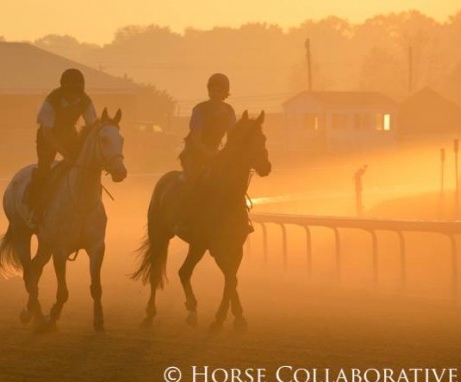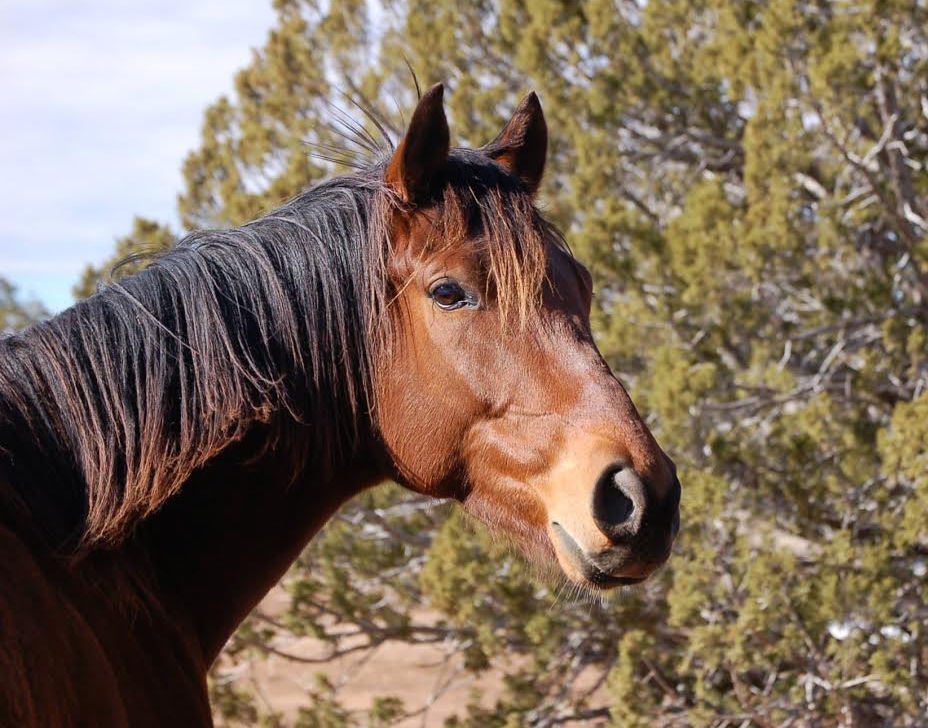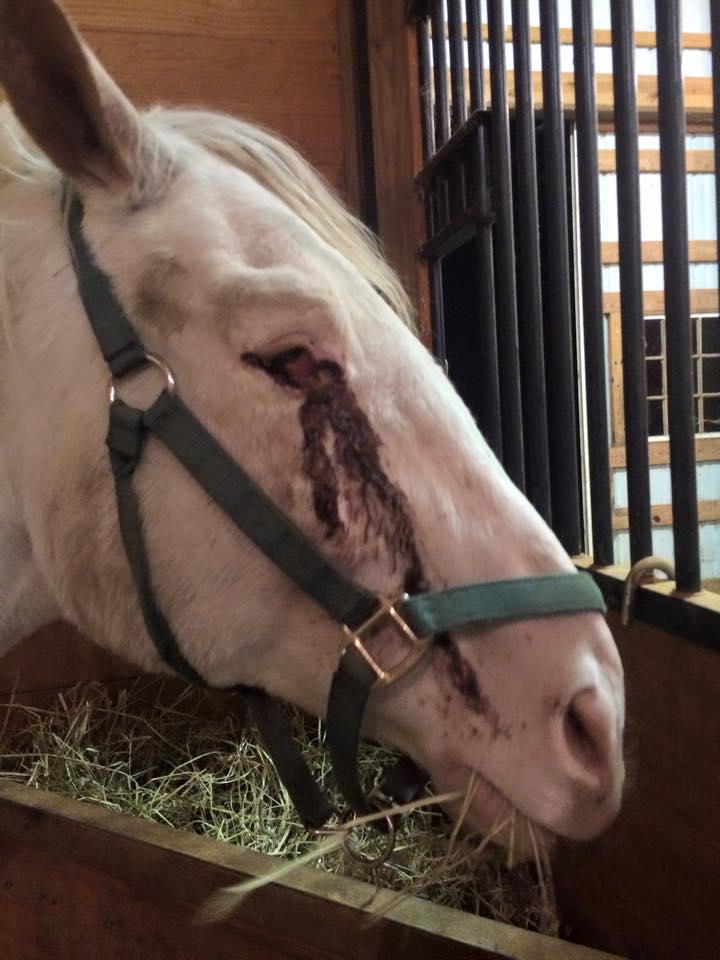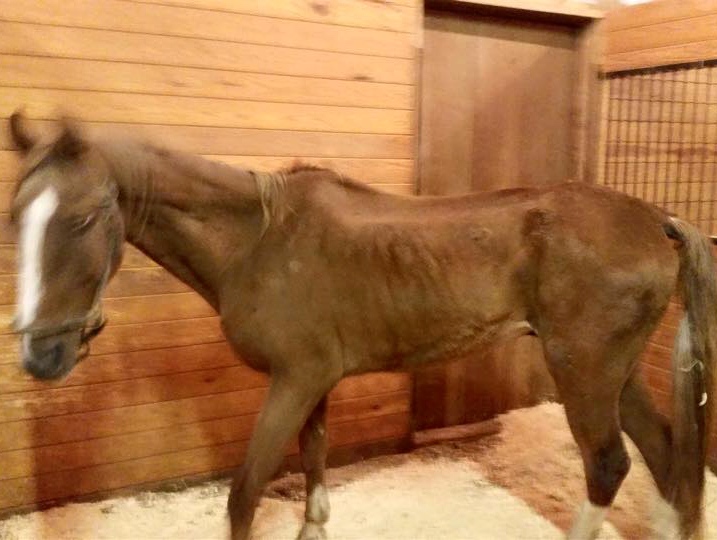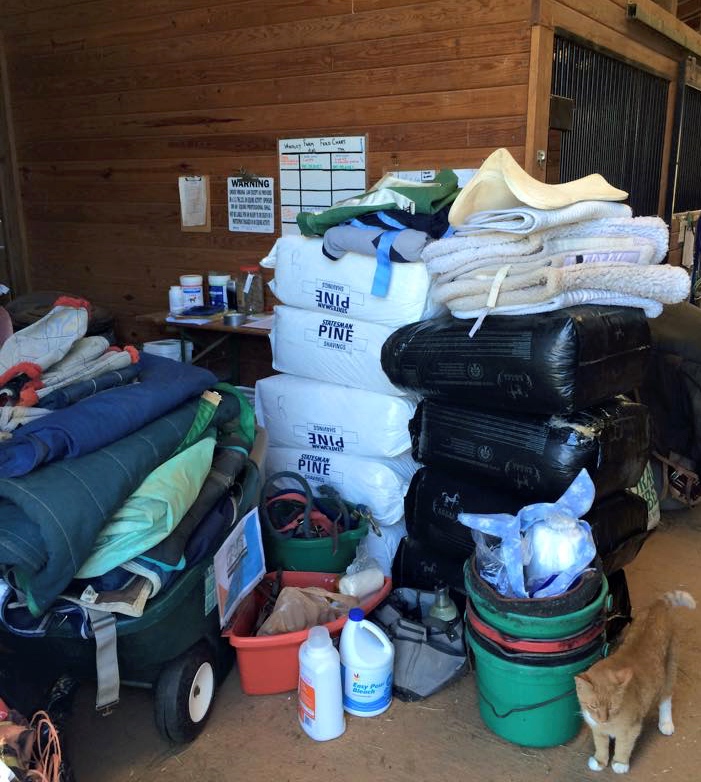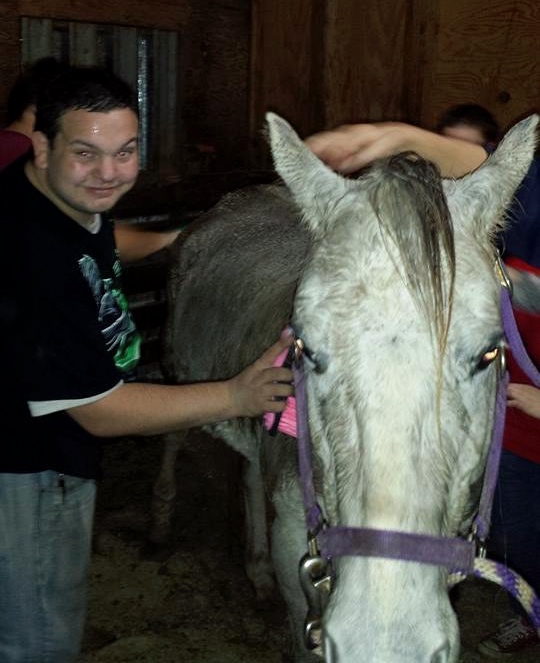
Multiple stakes winners Silver Comet, by Flip Sal and Loyal Pal, by Caro. Photo courtesy Horse Collaborative
BY DENNY EMERSON —I am well aware that many people have mixed emotions about horse racing. The industry has a reputation for pushing too many young horses too hard at too young an age, with too many getting injured in the process, and that’s a valid criticism.
I also believe, though, that modern sport horses in general, most of which are at least part thoroughbred, would be LESS tough and hardy and athletic WITHOUT racing being used as a tough filtering system to find out which horses can handle all the athletic stresses, because the winners tend to breed on, and the losers don’t.
I’ve stood lots of former racehorses as stallions and I’ve ridden dozens of thoroughbreds, and I happen to think there is a strong correlation between racing class and general athletic class.
I just read a piece about how the “dirty little secret” of modern thoroughbred breeding is “fragile ankles,” horses being bred for speed with little consideration being given to genetically proven soundness in the bloodlines.
And maybe some of that is true, but it’s far from the whole story.
Morgans and Arabians don’t have huge bone, yet some of these little horses can pull off huge feats of endurance, but what underlies this is literally YEARS of slow, incrementally increasing work. Something the racing thoroughbreds, regardless of pedigree CAN’T have if they race at two and three, because they literally haven’t lived for enough years.
Fitness staves off (doesn’t prevent) the likelihood of injury, and fitness takes more time than the flat racing industry generally allows.
If there IS a “dirty little secret” in the racing industry, I would think it’s too fast too early, without building in the years of needed slow work, but THAT really isn’t a secret. People have been saying that forever.
So, whatever the breed, whatever the use, first get them fit. THEN ask the harder questions. Don’t hope to get them fit as you push them to run or jump or slide or spin or compress and lift or collect. That approach is backwards, and it will so often backfire on you, and all you will wind up with is another hurt or demoralized horse.
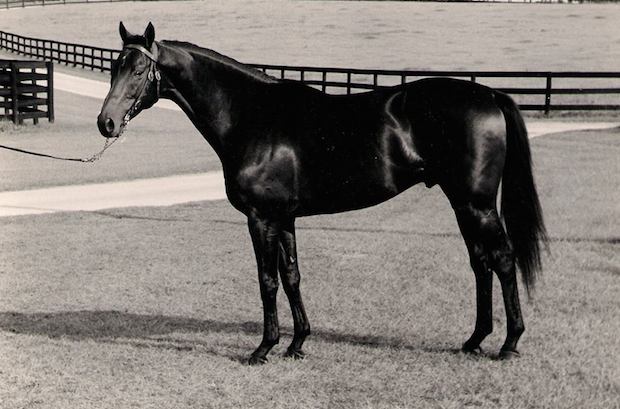
Big time stakes winner O’Hara, by Ballymoss. Loaned to us back in the 1970s by Thornmar Farm. Photo courtesy Horse Collaborative
The REAL “dirty little secret” (and not just in racing) is ignorant or impatient humans.
So for me, racing is that old saying, “a mixed bag,” lots of good, but plenty also that needs to be fixed.
Can horses have long racing careers and come off the track sound and sane? You bet. I have several at our farm right now. Can racing break some down? You bet. So it’s not an easy call.
About the Author
Named “One of the 50 most influential horsemen of the Twentieth Century” by The Chronicle of the Horse, Denny Emerson was elected to the USEA Hall of Fame in 2005. He is the only rider to have ever won both a gold medal in Eventing and a Tevis Buckle in endurance. He is a graduate of Dartmouth College and author of How Good Riders Get Good, and continues to ride and train from his Tamarack Hill Farm in Vermont and Southern Pines, NC.
About Horse Collaborative: The Horse Collaborative is a new platform for horse people to connect and share with friends. Since launching in 2012, the Horse Collaborative has quickly cultivated and connected a passionate international community of horse lovers, athletes, equine professionals, hobbyists, dreamers, and people who just think horses are cute.
— Photo and story reprinted by Off Track Thoroughbreds with permission of Denny Emerson and the Horse Collaborative.
